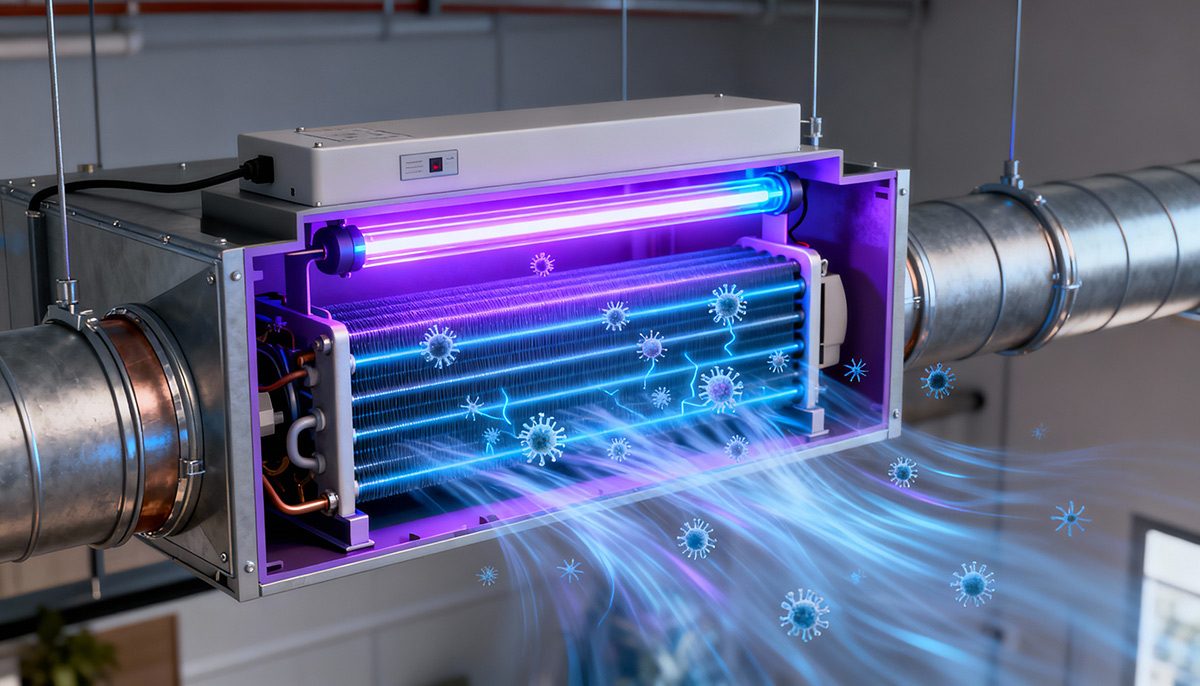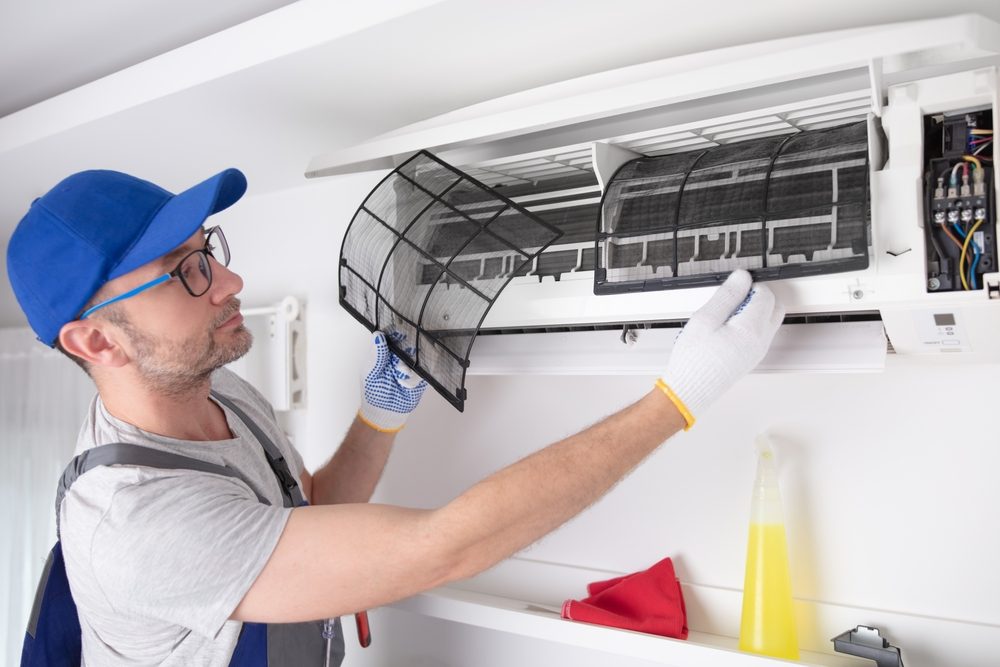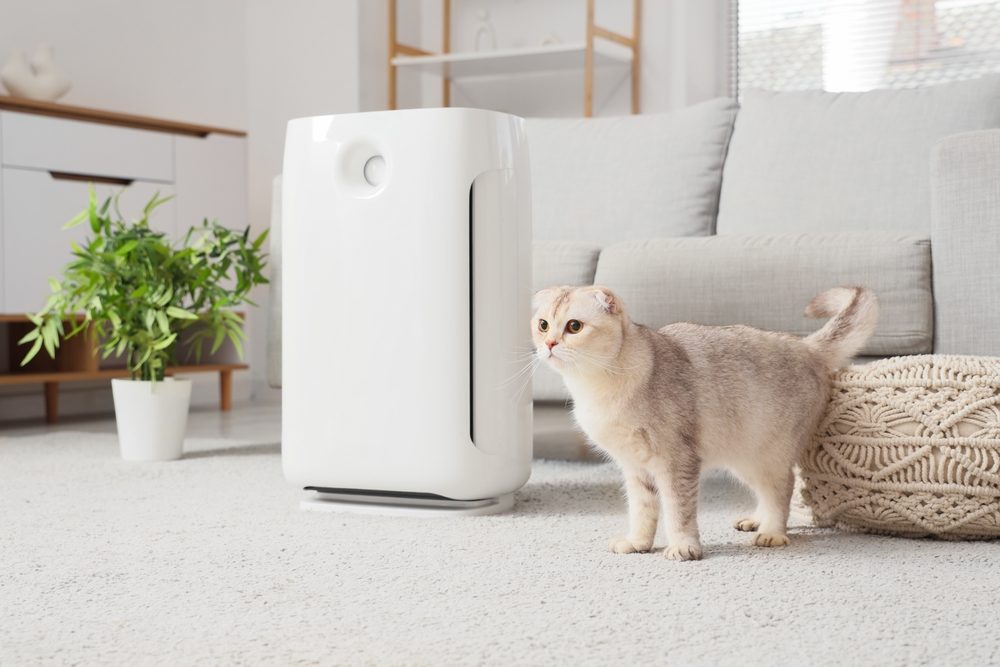
Energy prices are on the rise and both governments and individuals are concerned about sustainability. With this comes a growing concern about energy efficiency. It’s not surprising then that it is a key consideration when choosing an AC system.
Understanding SEER ratings can help you make better decisions to make sure you get the most efficient AC for your space. SEER stands for Seasonal Energy Efficiency Ratio and is a critical metric in terms of understanding how efficiently your AC unit cools your space over the course of a year. It works like this: The higher the rating, the less energy the system consumes. Which means lower energy bills and reduced environmental impact.
So in this article, we will look at what SEER ratings are, why they matter for energy savings, how exactly they’re regulated, and the best way to choose the right SEER rating for your specific needs.
SEER rating in AC units
SEER is an important metric that gauges how efficiently an AC is operating over a long period of time (a year, or a full cooling season). The way it’s calculated is by taking the total cooling output in a typical season and then dividing it by the amount of energy the system consumes during that same period.
To put it another way, SEER tells you how much cooling you get for every unit of energy used throughout the year. What you’re looking for is a high SEER rating which means the unit is running efficiently (hence reduced utility costs). A higher SEER also tells you how well the system is performing under a variety of conditions.
Why SEER ratings matter for energy savings
When it comes to choosing an AC unit, the SEER rating is critical. It will help you understand how much you’re going to spend on cooling over time. So a higher SEER rating doesn’t just mean you’re getting better performance. It also means you’re using less energy and your utility bills will be smaller.
Before the days of SEER, AC systems used to be assessed by measuring how much energy the unit used while running at full capacity in a controlled lab environment. This was not easy to do and did not give accurate readings. It did not match up to real world scenarios.
Because of this, the SEER rating system was developed. It aims to provide a more accurate reflection of a unit’s usual energy use by taking into account how an AC system performs under real-life conditions.
SEER takes into consideration a number of important factors that impact an AC’s efficiency. These include climate zones, part-load performance, standby energy consumption, and how the system adapts to changing cooling demands. Combined, these elements give a much more realistic picture of how efficiently an AC will run day to day.
The savings can be substantial. To give an example: Upgrading from a SEER 10 to a SEER 16 unit could reduce cooling costs by nearly 40%. It’s true that these higher-efficiency systems will have a higher upfront price, the long-term savings often outweigh that initial investment.
Clearly SEER ratings mean that homeowners can make more informed decisions and balance performance, environmental impact and financial return.
SEER rating standards and local regulations
The GCC is going through a major transformation in its regulatory approach to unitary air conditioners, with a clear shift toward the SEER as the primary metric for evaluating energy performance. This reflects a broader commitment to enhancing energy efficiency, reducing environmental impact, and aligning with international best practices in HVAC regulation.
Authorities across the region have implemented Minimum Energy Performance Standards (MEPS) that emphasise SEER over traditional metrics like the Energy Efficiency Ratio (EER). For instance, Saudi Arabia’s SASO 2663:2021 standard mandates SEER as a core requirement for product registration and labeling through the SABER platform. Similarly, the UAE enforces MEPS under UAE.S 5010-1, which is being revised to fully integrate SEER as the central efficiency metric, with energy labels already displaying SEER values, star ratings, and QR codes linking to certification data.
This change is driving the adoption of inverter air conditioning systems, which dynamically adjust compressor speed based on real-time cooling demand. These systems achieve higher SEER ratings, reduce energy consumption, operate more quietly, and provide more stable indoor comfort—making them well-suited to the region’s climate and energy goals.
In parallel, the use of low global warming potential (GWP) refrigerants, such as R-32, is gaining traction. These refrigerants offer superior thermodynamic performance and significantly lower environmental impact. The combination of inverter technology and low-GWP refrigerants—commonly referred to as Low-GWP Inverter ACs—delivers an optimal balance of efficiency, sustainability, and long-term cost savings.
Comparison of Air Conditioning Technologies
Feature | Low-GWP Inverter AC | Standard Inverter AC (R-410A) | Non-Inverter AC (R-410A) |
SEER Rating | High (6.5–8.5) | Moderate to High (5.0–6.5) | Low (3.5–5.0) |
GWP (Global Warming Potential) | < 750 | 2088 | 2088 |
Energy Label (Stars) | ★★ to ★★★★★★ | ★ to ★★★★★ | ★ to ★★★ |
Compressor Type | Variable Speed (Inverter) | Variable Speed (Inverter) | Fixed Speed |
Operating Cost | Lowest | Moderate | Highest |
Temperature Stability | Excellent | Very Good | Moderate |
Noise Level | Low | Low | High |
Environmental Impact | Lowest (most climate-friendly) | Moderate | High |
Initial Cost | High | Moderate | Low |
Long-Term Savings | High | Moderate | Low |
As the GCC continues to modernize its building codes and energy policies, SEER-based standards and advanced HVAC technologies are poised to play a pivotal role in achieving regional energy and climate objectives.
Source: SASO 2663:2021 Standard Overview – Intertek
How to choose the right SEER rating for your space
Choosing the right air conditioner isn’t just about cooling—it’s about efficiency, savings, and sustainability. Here’s how to make a smart choice based on SEER ratings and other key factors:
1. Match SEER to Your Space
Small to medium rooms: SEER 5.5–6.5 may be sufficient.
Large rooms or high-usage areas (like in the GCC): Choose SEER 6.5 or higher for better comfort and lower energy bills.
2. Confused with SEER numbers? Look for the Energy Label
Always check the official energy label, which includes:
SEER rating
Star rating (★★★ to ★★★★★★)
QR code linking to product certification
The label confirms compliance with Minimum Energy Performance Standards (MEPS)—a must for legal sale and energy efficiency.
3. Choose R-32 Refrigerant
Opt for ACs using R-32, a low-GWP refrigerant that’s more efficient and climate-friendly than older options like R-410A.
R-32 systems are widely supported and meet current and future environmental standards.
4. Prefer Inverter Technology
Inverter ACs adjust cooling based on demand, offering:
Higher SEER
Lower electricity bills
Quieter and more stable operation
5. Buy from Reputable Brands
Trusted manufacturers are leading the transition to low-GWP refrigerants and high-SEER inverter models.
- Look for brands with a strong track record in energy efficiency, innovation, and after-sales support.
About Daikin
Daikin offers a range of HVAC systems for residential and commercial needs. Daikin leads the industry in innovation and customer support and operates in 170 countries worldwide with millions of systems installed. We offer a wide range of HVAC systems for residential, commercial, and industrial settings.
Learn more about Daikin’s HVAC products by contacting us today.



